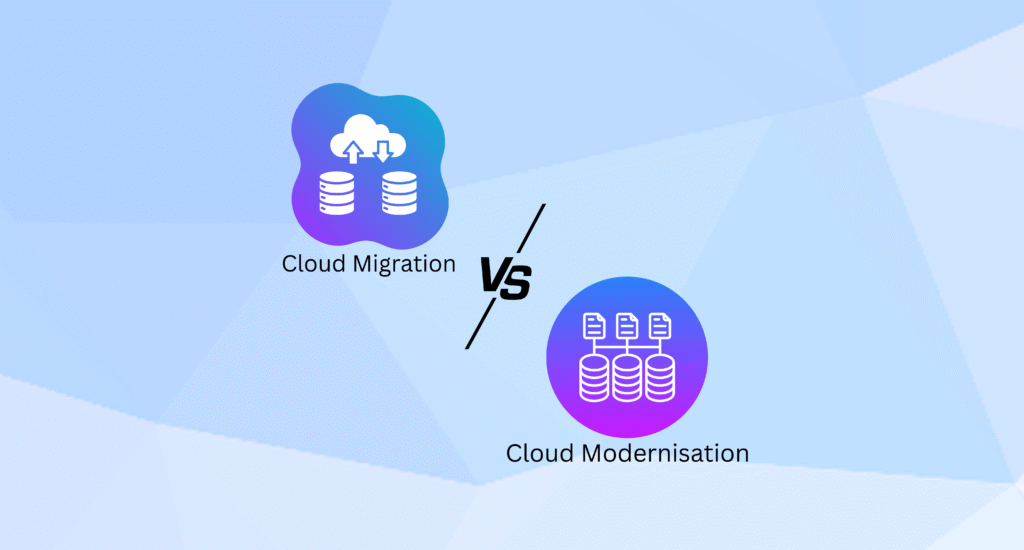Every business leader understands the significance of their data.
Like a house built brick by brick, businesses are built and expanded based on their data. Over the years, data engineering services have gained momentum. But to many business leaders, the goldmines of data engineering are still not fully explored.
Without any structure, data is just noise. If a business is looking to derive value from its data, it has to be stored, analyzed, and optimized in a meaningful way. That’s where data engineering services come into play.
In this blog, we will be breaking down data engineering from a C-suite executive’s perspective. Let’s dive into what data engineering stands for, how it is helping businesses, and what some of the signs are that your business needs data engineering consultation.
What is Data Engineering?
Data engineering is the process of planning, designing, developing, and maintaining an infrastructure where a business can store all of its data, retrieve it, and analyze it for making decisions in the future.
Let’s assume you run an e-commerce business with hundreds and thousands of visitors on your website every day. While some of the visitors browse your products, some make a purchase.
Out of these, some are new visitors, and some have already bought from you. Regardless, each one of these brings specific data for your business. Demography, attributes, behavior, purchase decisions, etc.—all of this data gets retrieved with every visitor and every action.
Now, how does data engineering help your hypothetical e-commerce business?
How would this help the e-commerce business, you may wonder? With data pipelines, your marketing team can focus on creating targeted campaigns for the most searched or most abandoned products rather than wasting their efforts on guesswork.
The Current State of Data Engineering
Data engineering is booming in 2025. Independent market research shows that the projected market size of the big data and data engineering service market in 2033 would reach a whopping $235 billion.
And that is not all. Next-gen technologies like AI are also playing a significant role in data engineering. AI is being leveraged by data engineers for creating automated pipelines, detecting anomalies, monitoring data quality, etc.
Serverless and cloud storage are also gaining popularity for data storage and building data workflows. Decentralized architecture and data mesh are also used by engineers to ensure scalability, improve performance, and make data easily accessible.
The field of data engineering consultation is rapidly expanding due to the emergence of new technologies, leading to increased efficiency and a focus on results.
Data Engineering Evolution: ETL to ELT to Real-Time Pipelines
A process is followed to move your scattered, unstructured data to structured, meaningful infrastructure. Over the years, these processes of data engineering have transformed. Let’s have a look at each one of them:
1. ETL: Extract, Transform, Load: ETL is one of the initial methods used in data engineering and has been used for a long time. The process is simple. First, the data is extracted from the original source. Then the data is transformed into a structure, like creating an Excel sheet with different attributes. Lastly, the data is loaded into a warehouse and is ready for use.
ETL is an ideal process when the data volume is not massive and businesses can manage with weekly and monthly reports.
2. ELT: Extract, Load, Transform: ELT approach is crafted specifically for cloud storage. In this approach, instead of cleaning and structuring all the data upfront, it is first extracted and loaded in a cloud-based infrastructure. Once all the data is loaded, tools like SQL are employed for transforming it. This approach works best for businesses that want to preserve their original data and have a cloud storage infrastructure in place.
3. Real-Time Pipelines: As the name suggests, these are the systems that transform, process, and analyze data in real-time. This reduces latency, which is common during the traditional methods of data processing. Real-time pipelines quickly process the data, support faster decision-making for businesses.
Signs Your Business Needs a Data Engineering Consultation
Leaders must know how and where to use their unique data. If you are uncertain about whether or not your business requires data engineering consultation, here are a few red flags you can look for within your organization:
• Dashboards with “N/A” or outdated numbers are frequent.
• Your organization has disagreements on “one source of truth.”
• You have long wait times for data requests.
• Your engineers are constantly firefighting broken pipelines.
If your business is currently facing any of these signs and you haven’t given data engineering a thought yet, it might be the right time you do!
While your data has the potential to give you an edge over your competitors, improper utilization of data may affect you negatively and hamper your business growth.
Arna Softech: Empowering Business with Data Engineering Solutions
At Arna, we understand the value of your data. Therefore, our team of expert data engineers works with you to design, develop, and deploy a robust data infrastructure. Our experts ensure data safety, smooth migrations, and maintain data quality that helps business leaders make sound decisions.
We make sure that your data infrastructure is efficient, optimized, and sustainable. Our data engineers assist you every step of the way to improve your legacy system or develop a new infrastructure.
If you are prepared to use data engineering to revolutionize business decision-making, feel free to contact us!



